While out on a routine patrol in Thailand's Phu Khat Wildlife Sanctuary, rangers recently happened upon a mysterious mountain cave known as Ta Kueng that's covered with ancient rock art that predates the region's recorded history.
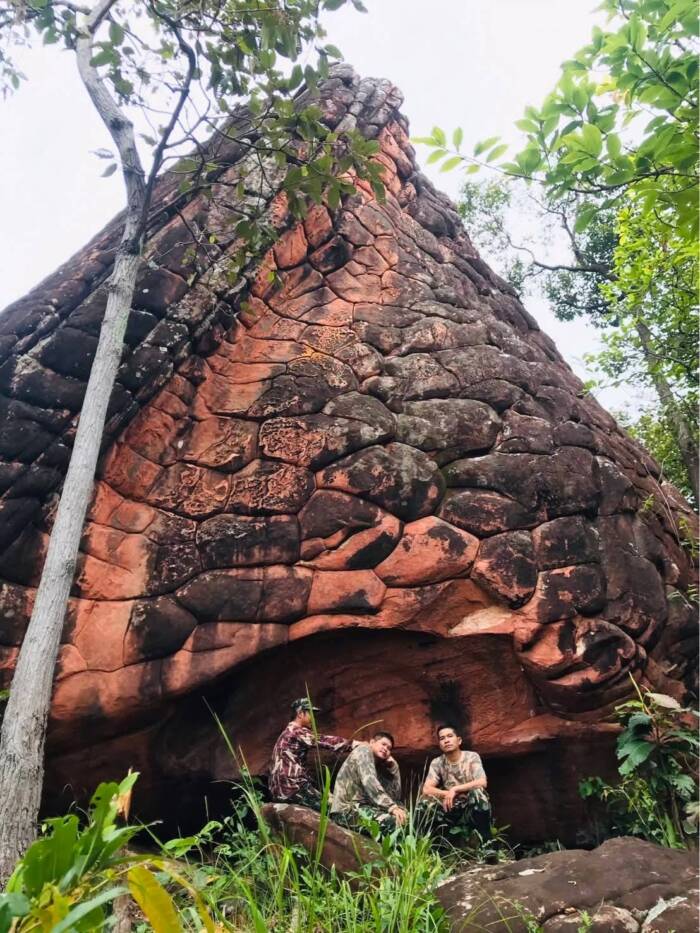
Phu Khat Wildlife Sanctuary/FacebookThe site known as Ta Kueng Cave, located deep within the forests of northern Thailand.
A routine forest patrol in northern Thailand just yielded an unexpected archaeological discovery.
Between August 14 and 16, rangers from Phu Khat Wildlife Sanctuary, while conducting anti-poaching expeditions in the Khwae Noi River basin, stumbled upon a previously unknown sandstone cave that includes ancient rock art. Preliminary observations suggest that human activity at the site may date back some 2,000 years, which could reshape experts’ understanding of prehistoric settlement in the region.
The site was given the name Tham Ta Kueng, or Ta Kueng Cave, and it’s already been described as “remarkable” by Mongkol Khamsuk, the head of the Phu Khat Wildlife Sanctuary.
The Unexpected Discovery Of Cave Art Deep Within A Thai Forest
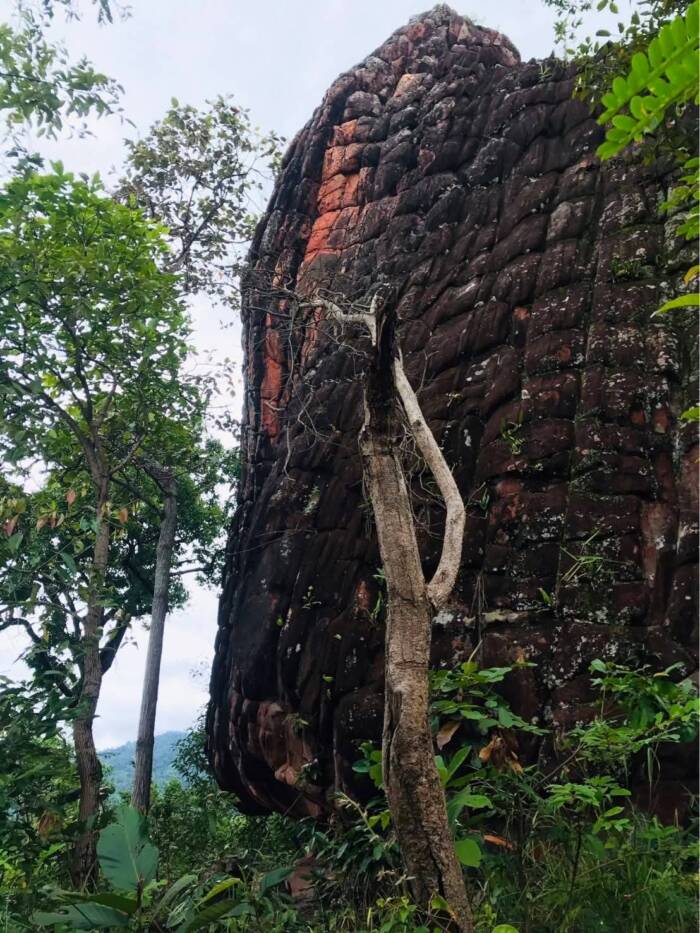
Phu Khat Wildlife Sanctuary/FacebookTa Kueng Cave may have gone untouched for centuries before this recent discovery.
The cave is located deep inside the forests of the Phitsanulok Province’s Nakhon Thai District. Rangers discovered it during routine patrols of the Khun Nam Ton, Ang Khon Kaen, and Tam Takung forests.
It was a serendipitous discovery as well. Rangers had been tracking wildlife and monitoring illegal activity when they came across the cave by accident. Further inspection quickly revealed signs of human use and habitation of the site long ago.
Most notably, the cave walls bear prehistoric engravings, including geometric designs and unique motifs described as “three-finger patterns.”
These features suggest a human presence here as far back as 2,000 years ago, during Thailand’s prehistoric Metal Age.
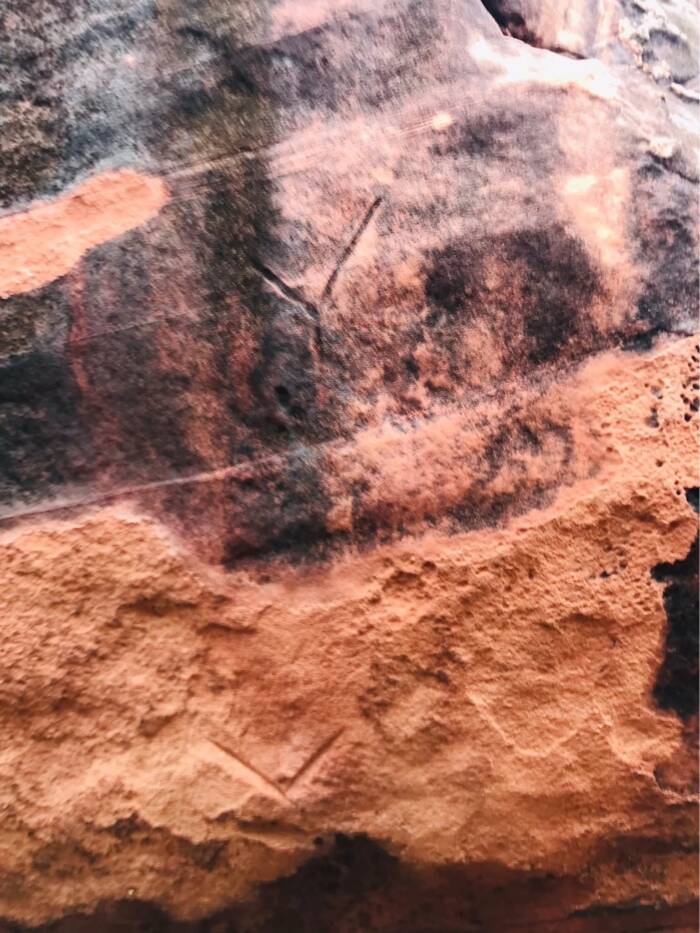
Phu Khat Wildlife Sanctuary/FacebookSome of the rock art that was recently found inside Ta Kueng Cave.
Although archaeologists have not yet visited the site, authorities have already characterized the find as “remarkable.”
What Ta Kueng Cave Could Reveal About The Ancient History Of Northern Thailand
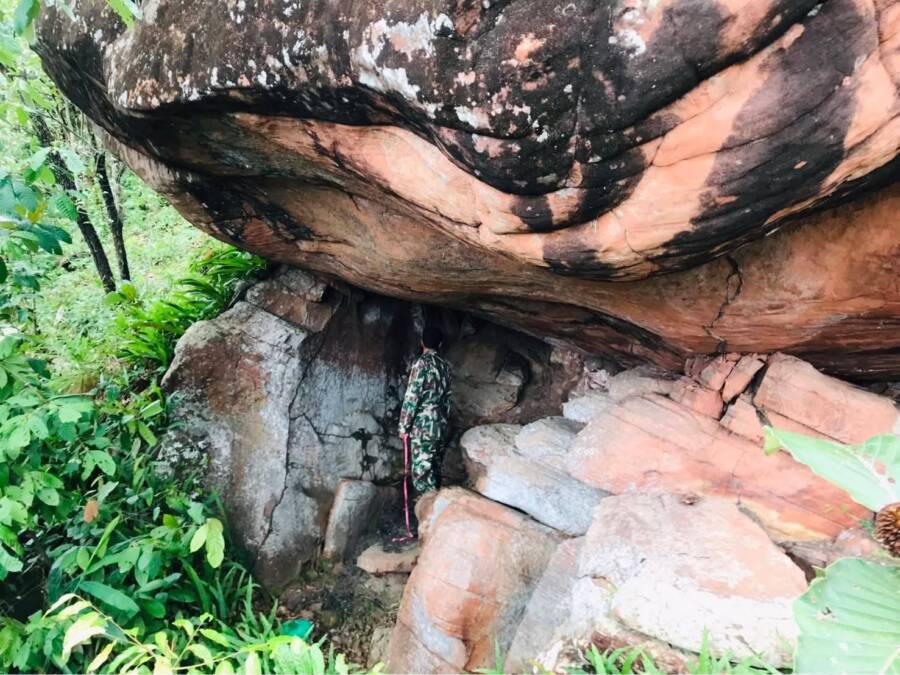
Phu Khat Wildlife Sanctuary/FacebookThe mouth of Ta Kueng Cave.
“The cave is a significant natural resource and it remains a cultural and historical landmark,” Khamsuk said, per Archaeology News. “More research will enable us to know more about the stories of this land, its ecosystems, and the people who may have lived here in the past.”
That said, authorities emphasized that this is only a preliminary assessment. Archaeologists have yet to conduct onsite examinations, which could be complicated by the limited access to the cave because of its remote location.
However, once experts arrive, they are likely to carry out a range of investigations such as 3D mapping, pigment analysis, radiocarbon dating, contextual excavation, and comparative study with other historical sites in the region. These steps could yield further insights into early human behavior in northern Thailand.
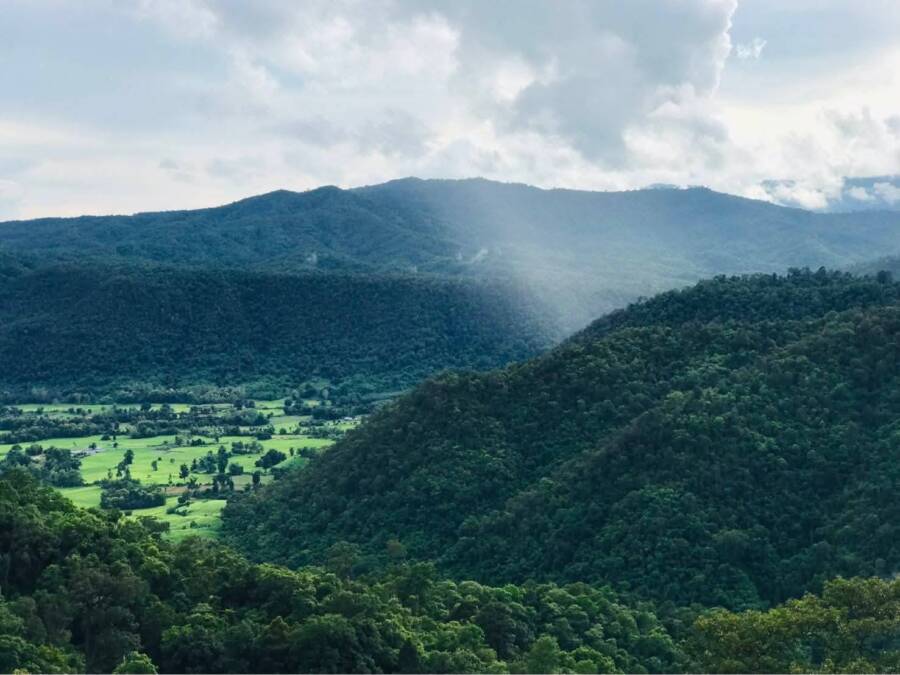
Phu Khat Wildlife Sanctuary/FacebookThe dense forests of Thailand, where the cave was discovered, some of which has gone unexplored.
The country is, after all, rich in archaeological cave sites dating back several millennia. For example, caves in Mae Hong Son became an archaeological hotspot after they were found to contain wooden coffins dating back 1,000 to 2,300 years. Meanwhile, other cave finds in the area include Iron Age burials and prehistoric art. None of these, however, resemble the unique engravings at Ta Kueng Cave.
As such, Ta Kueng Cave may open up “a new dimension of research,” officials say. Not only is the discovery “good news for Thai archaeology,” but it also highlights the importance of regular forest patrols for both conservation and discoveries of historical value.
After reading about the discovery of Ta Kueng Cave’s rock art, see photos from the harrowing 2018 Thai cave rescue. Then, check out these breathtaking photos of Loy Krathong, Thailand’s famous festival of lights.





